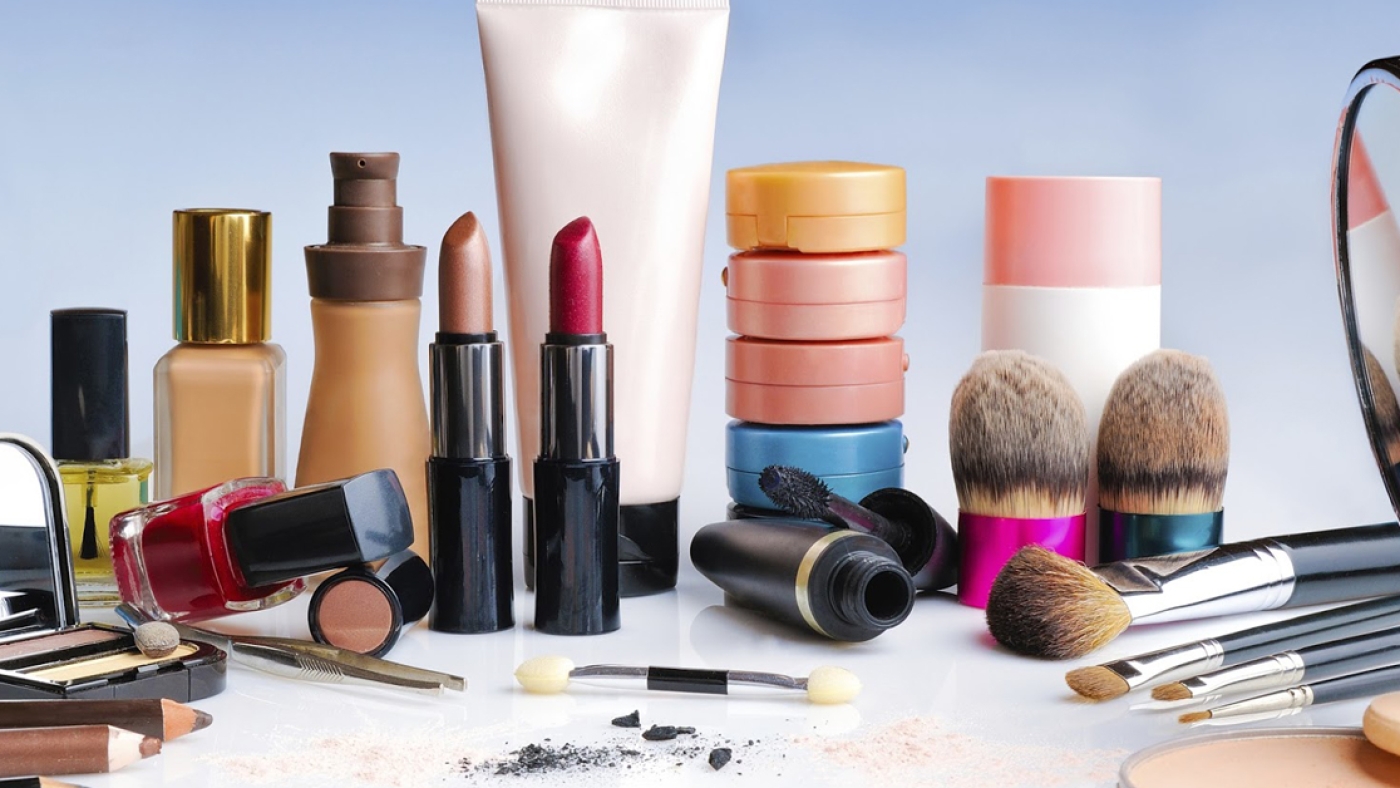Introduction
The global cosmetics industry offers exciting opportunities for Iranian businesses, but importing cosmetic products comes with its own set of unique challenges. Complying with regulatory requirements, guaranteeing product safety, and managing logistics are just a few of the hurdles that importers face. In this blog post, we’ll explore the top five challenges Iranian companies encounter when importing cosmetics and provide practical solutions to overcome them.
1. Managing Complex Regulatory Requirements
Cosmetic products are subject to strict regulations in most countries, including Canada. These regulations ensure that imported cosmetics are safe for consumers and comply with national health standards. Importers must be familiar with Canadian regulations, such as the Cosmetic Regulations under the Food and Drugs Act, which govern ingredient restrictions, labeling, and safety standards.
(h3) How to Overcome It:
- Research regulations: Familiarize yourself with Canadian cosmetic regulations before importing.
- Work with a consultant: Partner with an expert in regulatory compliance to guide you through the process.
- Secure proper documentation: Keep all necessary safety certifications and ingredient reports on hand to avoid customs delays.
2. Guaranteeing Proper Product Labeling
Labeling is one of the most common compliance issues faced by cosmetic importers. Canadian regulations require that labels clearly list ingredients in both English and French, display proper warnings, and provide accurate claims about the product’s benefits.
(h3) How to Overcome It:
- Review labeling guidelines: Ensure that labels comply with Canadian bilingual and ingredient listing requirements.
- Invest in translation services: Have your product labels professionally translated into French to meet Canadian language laws.
- Use accurate claims: Avoid misleading claims on your product labels that could lead to regulatory penalties.
3. Controlling International Shipping and Logistics
Cosmetic products are often delicate and require specific handling during shipping to avoid damage or spoilage. Managing shipping logistics, from packaging to choosing the right carriers, is critical to preserving the quality of the products.
(h3) How to Overcome It:
- Choose reliable carriers: Partner with shipping companies experienced in handling cosmetic products.
- Use protective packaging: Invest in high-quality packaging that protects products from damage during transit.
- Monitor shipping conditions: Use temperature-controlled shipping options if necessary, especially for sensitive products like creams or liquids.
4. Handling Tariffs and Import Duties
Cosmetic products can attract substantial import duties and tariffs, which can significantly impact the cost of goods. Failing to account for these costs can result in profit loss or pricing challenges.
(h3) How to Overcome It:
- Research tariff codes: Classify your cosmetic products correctly using Harmonized System (HS) Codes to determine the applicable tariffs.
- Negotiate with suppliers: Work with suppliers to find ways to reduce costs or negotiate lower prices to offset tariffs.
- Factor duties into pricing: Account for all duties and taxes when setting product prices to maintain profitability.
5. Meeting Quality and Safety Standards
The cosmetic industry is highly regulated for product safety, especially when it comes to the use of chemicals, preservatives, and allergens. Ensuring that imported products meet Canadian quality and safety standards is essential to avoid recalls or penalties.
(h3) How to Overcome It:
- Conduct quality checks: Work with manufacturers to ensure that products meet Canadian safety standards.
- Obtain necessary certifications: Ensure products are tested and certified to meet health and safety regulations.
- Stay updated on regulations: Cosmetic safety standards can change. Regularly review updates to ensure ongoing compliance.
Conclusion
Importing cosmetic products can be a profitable venture for Iranian companies, but it comes with challenges that require careful planning and expertise. By complying with regulatory requirements, guaranteeing accurate labeling, managing shipping logistics, accounting for tariffs, and adhering to safety standards, you can successfully overcome these hurdles. With the right strategies in place, you can bring high-quality cosmetic products to the Iranian market, setting your business up for success.


Add a Comment